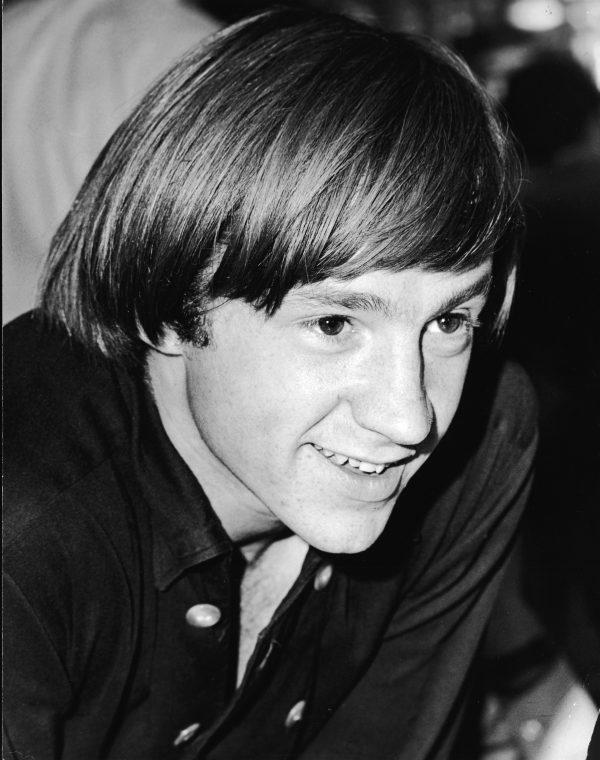Peter Tork, the bassist, singer, and self-described “dummy” of The Monkees, died on Feb. 21, 2019, at the age of 77. The announcement of his passing did not include the cause of death; however, Tork had experienced an on-off battle with a rare tongue cancer, adenoid cystic carcinoma, since an original diagnosis in 2009.

©Getty Images | Jack Knox




